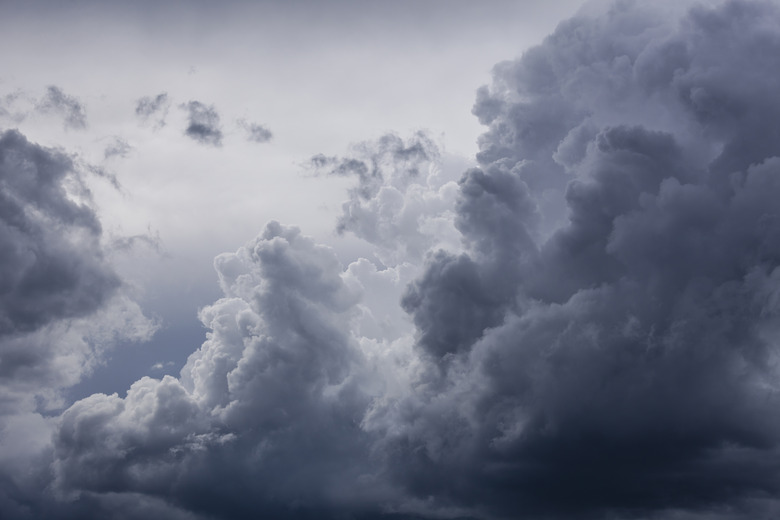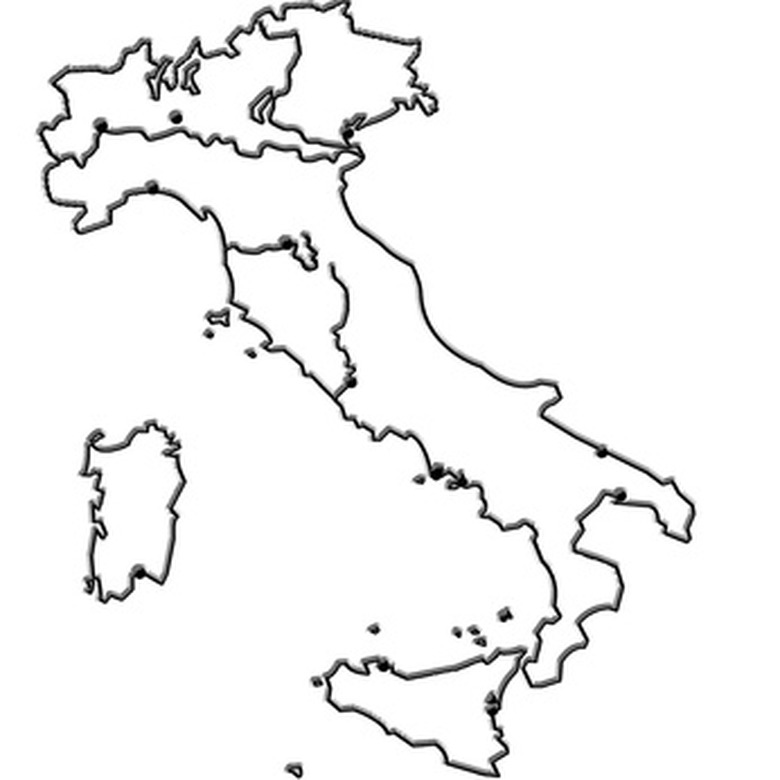How To Make Your Own Weather Map
Researchers and forecasters have been making weather maps since the mid-19th century to analyze weather patterns and storm systems. Using symbols to represent different meteorological phenomena, weather maps quickly convey a large amount of information all at once. With weather data to refer to, and using the conventional symbols, you can make your own weather map.
Step 1
Print out an outline map of the area of interest to you. Outline maps can be found online for just about any country or region in the world. Alternatively, trace a map of the desired region. It may be helpful to draw some landmarks onto the map as well, such as cities, mountain ranges or parks.
Step 2
Find a weather map that depicts the weather for the area you wish to include on your map, or collect the relevant weather data. You might find a current weather map in your local or regional newspaper or on a weather website such as Weather.com.
Step 3
Find the warm and cold air masses depicted by colored lines across the weather map you have found. Draw the symbols for warm or cold fronts onto your map using a line of red semi-circles or blue triangles, respectively. Draw occlusion fronts, where a cold front is overtaking a warm front, as purple lines alternating semi-circles and triangles. Draw stationary fronts in the places where an air mass is not moving as opposing cold and warm fronts meet. The symbol for a stationary front alternates red semi-circles and blue triangles along the line of the front.
Step 4
Add high and low pressure areas to your map by writing large red Hs and large blue Ls, respectively, in the centers of the pressure zones.
Step 5
Draw in areas of precipitation with short slash-shaped lines for rain and areas of small asterisks for snow.
Things Needed
- Standard map
- Weather map or weather data
- Paper
- Pen or pencil
- Colored pencils or markers
Cite This Article
MLA
Packer, Sam. "How To Make Your Own Weather Map" sciencing.com, https://www.sciencing.com/make-own-weather-map-6704088/. 22 November 2019.
APA
Packer, Sam. (2019, November 22). How To Make Your Own Weather Map. sciencing.com. Retrieved from https://www.sciencing.com/make-own-weather-map-6704088/
Chicago
Packer, Sam. How To Make Your Own Weather Map last modified March 24, 2022. https://www.sciencing.com/make-own-weather-map-6704088/

